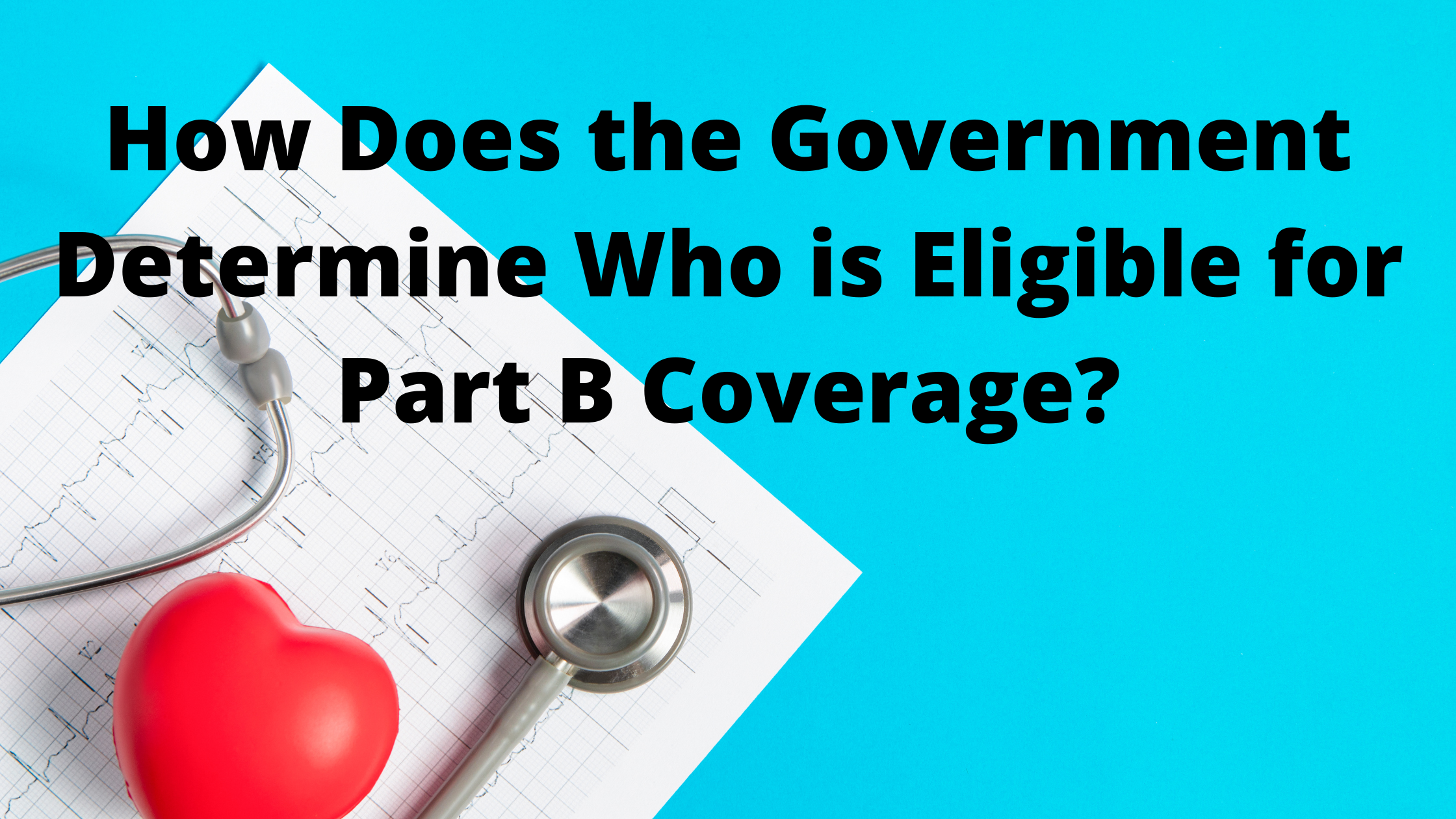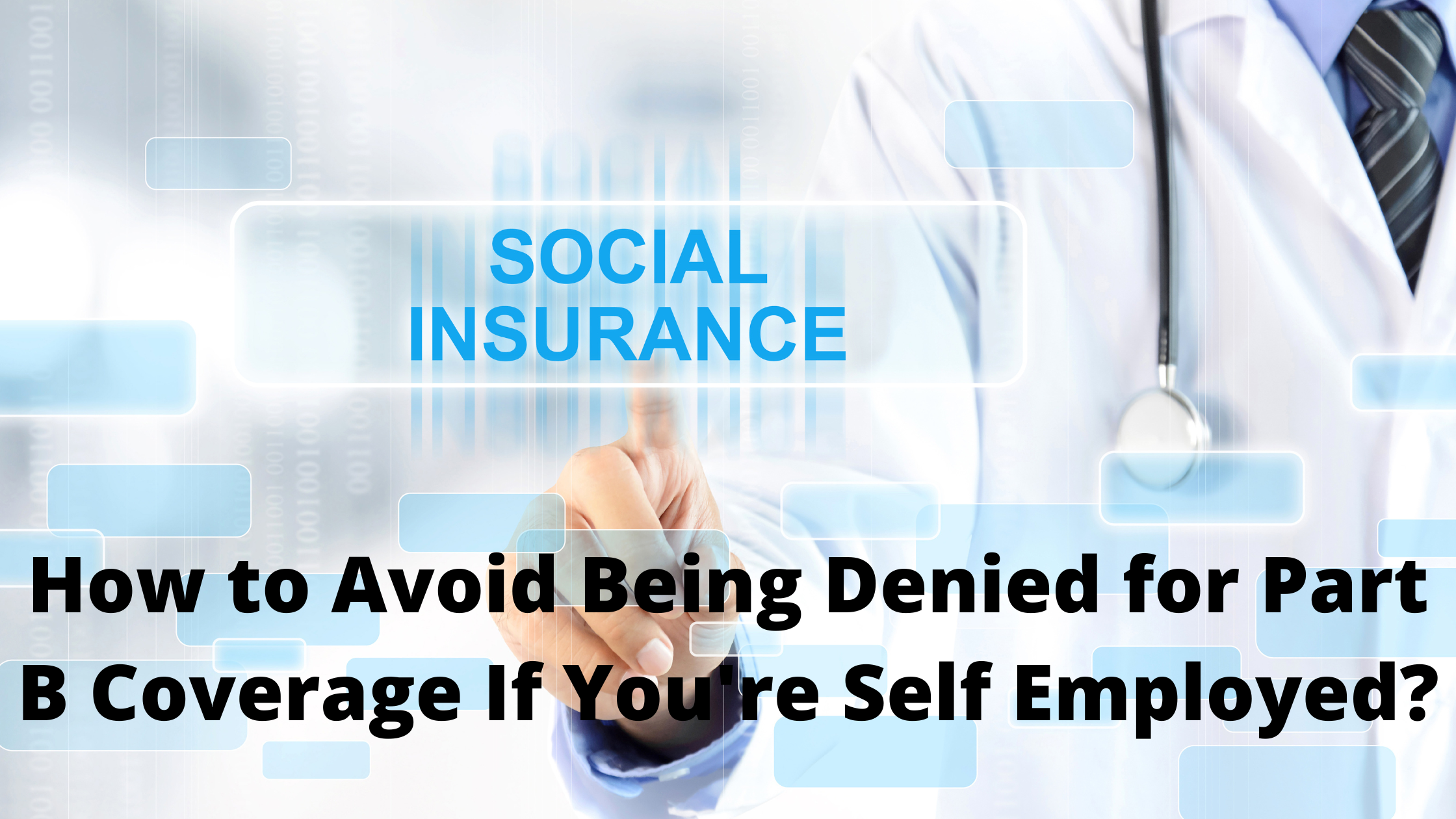If you’re self-employed and have Part B coverage, it’s important to understand the rules around what counts as a “qualifying event” that would trigger your coverage becoming terminated. In this article, we’ll outline the four types of events that could lead to your coverage being terminated, and provide tips on how to avoid being denied if you fall within one of those categories.
What is Part B Coverage?
If you are self employed, you may be wondering if you are eligible for Part B coverage. Part B of the Medicare program provides benefits for hospital and medical expenses. To be eligible, you must meet certain requirements, including being self employed and having earned income equal to at least $2,085 in the calendar year before you apply. However, there are a few ways to avoid being denied coverage if you are self employed.
If your business is incorporated, it is generally considered to be an entity separate from you and your personal income. This means that if your business earns income, you may still be eligible for Part B coverage even if you are self employed. Additionally, if your business has been in operation for at least three years and has generated at least $10,000 in annual revenue, you may be eligible for full Part B coverage.
If you are self employed and do not meet either of the above requirements, it is important to speak with an insurance agent or provider about your eligibility. These professionals can help determine if you qualify for any available coverage options and make sure that your application process is as smooth as possible.
How Does the Government Determine Who is Eligible for Part B Coverage?
If you are self-employed, you may be wondering how the government determines who is eligible for Part B coverage. The short answer is that the government looks at your income and expenses to see if you qualify for benefits. Here are a few tips to help avoid being denied for Part B coverage:1. Keep accurate records of your income and expenses. This will help you prove that you are eligible for benefits.2. Make sure your income is above the poverty line. If your income is below the poverty line, you may still be eligible for Part B coverage if you meet other eligibility requirements.3. Don’t forget about deductions. You may be able to reduce your income by claiming deductions on your taxes.4. Make sure your expenses are reasonable. Your expenses may not be considered unreasonably high if they are necessary to carry out your business activities.5. Use a financial advisor to help you determine whether you are eligible for benefits.
How to Avoid Being Denied for Part B Coverage If You’re Self Employed?
If you’re self-employed and want to enroll in Part B coverage, here are a few tips to help avoid being denied:
1. Make sure you have proof of your business status. This can include tax returns, business licenses, or letters from your clients confirming your business affiliation.
2. Verify that you’re eligible for coverage based on your earnings and expenses. You may be ineligible if your income exceeds certain limits or if your expenses exceed certain thresholds.
3. Be prepared to provide documentation of your income and expenses. For example, you may need to provide bank statements, invoices, or W-2s from past years.
4. Ask the insurance company whether it needs more information before approving your application. If the company refuses to approve your application, ask why and try to negotiate a better offer.
5. Keep copies of all documents you submit during the application process. If there are any problems with your application, you’ll need to be able to prove that you tried to enroll in coverage and were rejected because of a mistake on your part.
Conclusion
If you’re self-employed, you may be wondering what steps you need to take in order to avoid being denied coverage for your Part B medical insurance. Luckily, there are a few things that you can do to make sure that you don’t run into any problems when it comes time to apply for health insurance. First and foremost, make sure that you have up-to-date documentation of all of your income and expenses. Next, make sure that your business is in good standing with the IRS. Finally, if your business has employees, be sure to get them enrolled in Part B as well so that they are covered should something happen to you.


